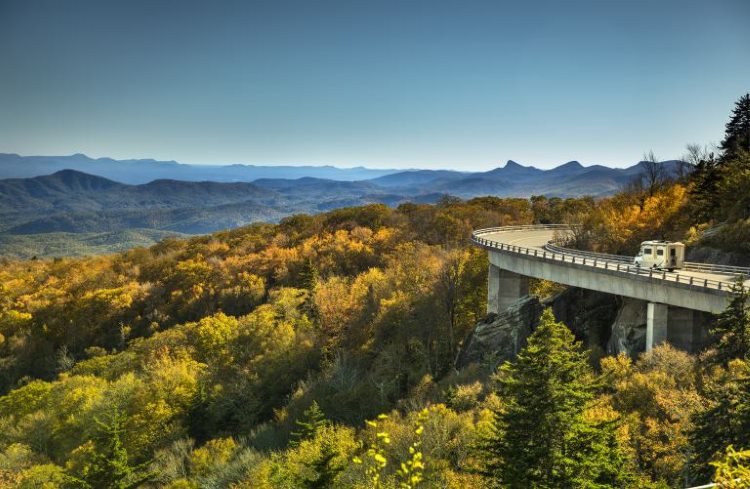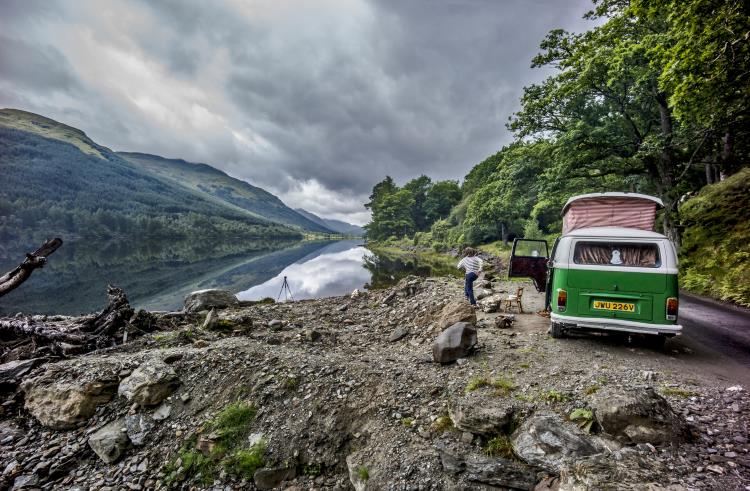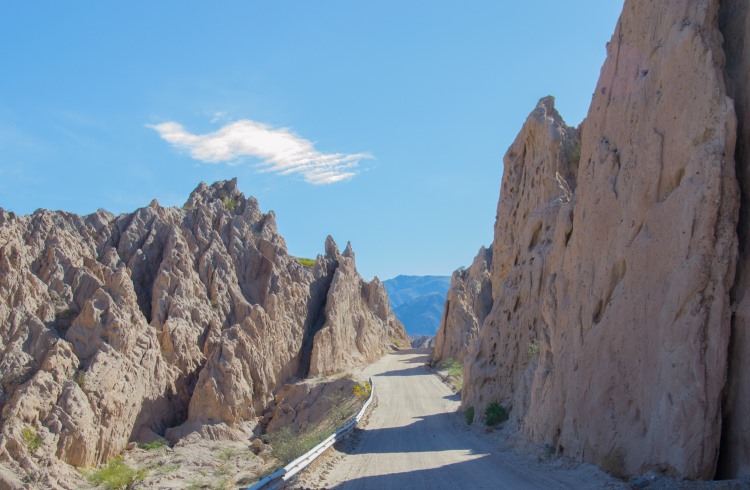How to Plan a Safe Road Trip
It's important to plan ahead before embarking on any road trip, but especially when traveling in remote areas. These 12 tips will help you stay safe and avoid any preventable mishaps on the road. Find out what to pack and how to prepare.
 Photo © Getty Images/Pgiam
Photo © Getty Images/Pgiam
Embarking on a road trip is no simple undertaking. It’s important to pack absolutely everything you need if you are driving to remote areas, just in case you don't have access to the internet, groceries or clean drinking water.
From double-checking your vehicle is in working order to studying the route, before you hit the open road, here are 12 tips to stay safe and avoid any preventable road trip mishaps.
- Know the route
- Offline maps and paper maps
- Take a break
- Stock up on water
- Carry sufficient fuel
- Pack enough food for two extra days
- Check the weather forecast
- Check your vehicle before you go
- Carry spare tools
- Kit your car out for offroad travel
- First aid kit
- Other things to pack
Know the route
Planning a road trip in advance gives you the opportunity to map out all the sites and attractions you want to see, and ensure tourist attractions and campsites are open for visitors.
Carefully studying the route you intend to drive also means you won't be as distracted looking at a map for directions.
Plot out where small towns with gas stations and grocery stores are along the way. Even if you have got a fully stocked first aid kit and sufficient groceries, try to plan a visit to civilization every few days – just in case.
Also, small towns in remote locations are a great way to step off the well-traveled road and experience some local culture.
Offline maps and paper maps
Download maps for the area you are traveling to before you lose your internet connection. Maps.me is a great option, but you can also download offline versions of Google Maps to use when you have no internet.
If your phone battery dies when you need to navigate, you may end up in the middle of nowhere with no idea where to go. Make sure you have a charge cord that you can plug into your vehicle's USB port, and/or take a rechargable power bank with you. But you should also carry a paper version of the map and plot out key locations. That way, if you do get lost you might be able to identify where you are and get back to civilization the archaic way.
Take a break
Driving while tired is one of the most dangerous things anyone can do. Plan to take a break every few hours to stretch your legs and give your eyes a rest. If you're driving with a partner or friend, share the driving every two or so hours. And always pull over for a break the moment you feel tired.

Stock up on water
Don’t rely on buying bottled water, six 750ml bottles per day don’t help the environment. Invest in some good quality water cans and be on your way.
If you are driving to remote locations, carry large jerry cans filled with water, and allow for 10L per day per person in remote areas. This might sound like a lot of water, but if you’re in the Australian Outback and you need to quickly wash your hands or rinse off a piece of cutlery, that 10L of water per person will very quickly diminish to 3L of drinking water per day.
Carry sufficient fuel
When driving remotely always carry extra jerry cans of fuel. Gas stations are few and far between in the wilderness, and you can’t rely on a gas station being open until all hours – so whenever you do pass one, fill up both your car and jerry cans of fuel when you can.
If you are driving in well-populated areas, jerry cans of fuel aren't always necessary. Studying your route will help make sure you plan ahead for these scenarios.
Pack enough food for two extra days
When you plan a week-long remote driving trip, you might encounter a few issues that extend your trip two or three days longer than expected. But, imagine if you only packed enough food for seven days? To be on the safe side, stock up on groceries that will definitely keep you (and your tummy) happy for two extra days. If you’re running low on food, stock up whenever you pass through a town – who knows when you’ll have access to sausage rolls again?
Check the weather forecast
As your departure date nears, keep a close eye on the weather predictions in the locations you plan to travel to. If there’s a cyclone or hurricane developing, severe thunderstorms or threat of a flood, chances are you might need to reconsider your need to travel. If you have the flexibility with time, perhaps wait until these severe weather conditions have passed until a better time to drive safely through the region.
If you absolutely must embark on the trip during severe weather, keep your family and friends updated, and check in as often as you can so that others know you are safe.
Check your vehicle before you go
If you don’t know your way around cars, take it to a local mechanic who will look over it for you and let you know if anything needs attention before leaving for your big trip. The key things to look over are: tires (including the sidewalls for cuts), tire pressures, oil, coolant, brakes, wipers, water, lights and the battery.
Carry spare tools
Don’t leave without a can of WD40, extra spark plugs, a roll of duct tape, extra engine oil, transmission oil, a multi-tool or pocket knife a roll of wire, some zip-ties and ratchet straps.
Kit your car out
When going off-road, it’s important to spend the money on accessories for your car that will help get you out of sticky situations. Common accessories to consider include a bull bar, winch, portable air compressor, tire deflator, snatch recovery gear, max tracks, long-distance radio, snow chains, satellite phone, high lift jack, shovel, spotlights for better vision at night and always carry spare tires, and a spare fuel filter.
First aid kit
Never leave for a long road trip without a first aid kit. Some of the key things to pack include: a snake bite kit, tourniquet (something to wrap above a spider bite), compression bandages, bandaids, antibiotics, tampons, space blanket, antiseptic cream, antiseptic wipes, saline solution, triangle bandage, tweezers, scissors, antihistamines, basic pain killers, CPR mask, hydralite, sunscreen and zinc, water purification tablets, aqua ear, eye drops, moisturizing cream, hand sanitizer, sunglasses/safety glasses and mosquito repellent.
Other things to pack
There are a few handy other things you can pack to MacGyver your way out of any situation. Some of my favorites are: a pair of welding gloves (to handle anything that might be hot, or if you’re sticking your hand under something you can’t see beneath), extra rolls of toilet paper, a compass, a pen, head torch and spare batteries, fire extinguisher, a box of matches and a lighter, a tarpaulin, a fridge, car awning to provide shade in non-shady places.
Pack an EPIRB or PLB
EPIRB stands for Emergency Position Indicating Radio Beacon, and while these aren’t cheap, they can alert search and rescue services in the case of an emergency. A coded message is transmitted to a free-to-use multinational network. The distress signal is sent via satellite to the nearest rescue center.
A PLB is a Personal Location Beacon and works the exact same way, only it is designed to be carried by a person not a vessel.
These devices aren’t cheap, but if you’re going on these types of adventures often, they’re well worth having. If you do purchase one of these devices, don’t forget to register it in your home country.
Related articles
Simple and flexible travel insurance
You can buy at home or while traveling, and claim online from anywhere in the world. With 150+ adventure activities covered and 24/7 emergency assistance.
Get a quote


No Comments